30 pages • 1 hour read
Virginia WoolfModern Fiction
Nonfiction | Essay / Speech | Adult | Published in 1925A modern alternative to SparkNotes and CliffsNotes, SuperSummary offers high-quality Study Guides with detailed chapter summaries and analysis of major themes, characters, and more.
Essay Analysis
Analysis: “Modern Fiction”
Utilizing the traditional form of a critical essay, Woolf writes in a unique stream-of-consciousness style that seeks to persuade her reader that traditional forms themselves perhaps ought to be done away with. “Must novels be like this?” (160), she asks in one of the essay’s many rhetorical questions. Similarly, in her discussion of the short story she invokes conventional wisdom—that short stories “should be brief and conclusive” (163)—before questioning whether the story under discussion can really be called a short story at all given that it has neither of these traits. By implication, her argument also casts doubt on the characteristics that critics have used to make generic classifications (i.e., classifications related to genre). Woolf challenges these conventions, exploring The Relationship Between Form and Content, in service of the essay’s central project: the reconfiguration of English fiction for the modern or Modernist writer. The essay “Modern Fiction” is not simply a “survey” of its declared subject matter but a pseudo-manifesto on the possibilities of both style/structure and subject matter in modern literature.
Woolf was distinctly influenced by both the philosophical and artistic developments of the early 20th century that accompanied literary Modernism.
Related Titles
By Virginia Woolf

A Haunted House
Virginia Woolf

A Haunted House and Other Short Stories
Virginia Woolf

A Room of One's Own
Virginia Woolf

Between The Acts
Virginia Woolf
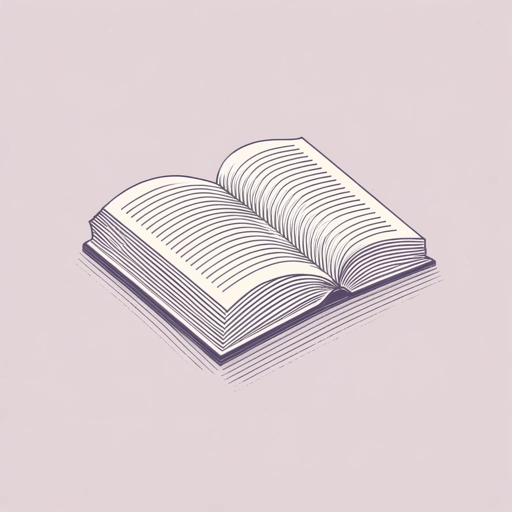
How Should One Read a Book?
Virginia Woolf

Jacob's Room
Virginia Woolf

Kew Gardens
Virginia Woolf

Moments of Being
Virginia Woolf

Mr. Bennett and Mrs. Brown
Virginia Woolf

Mrs. Dalloway
Virginia Woolf
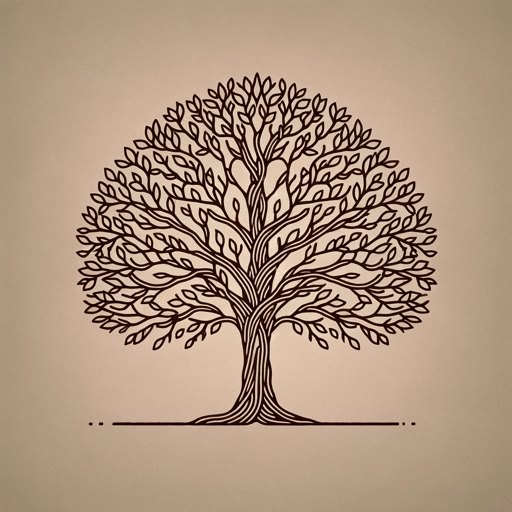
Orlando
Virginia Woolf
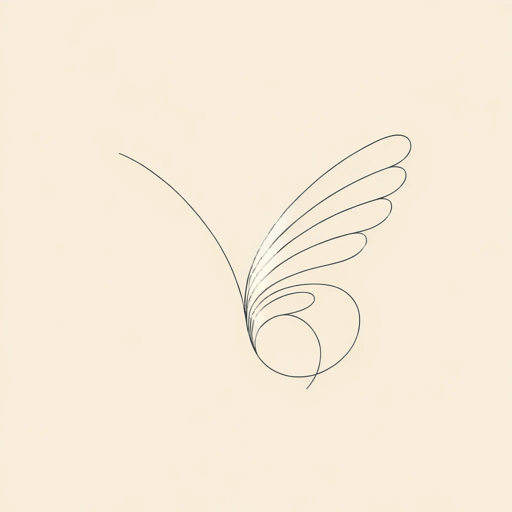
The Death of the Moth
Virginia Woolf

The Duchess and the Jeweller
Virginia Woolf
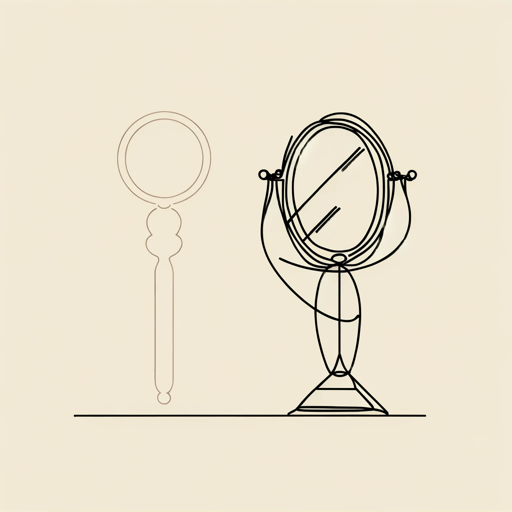
The Lady in the Looking Glass
Virginia Woolf

The Mark on the Wall
Virginia Woolf
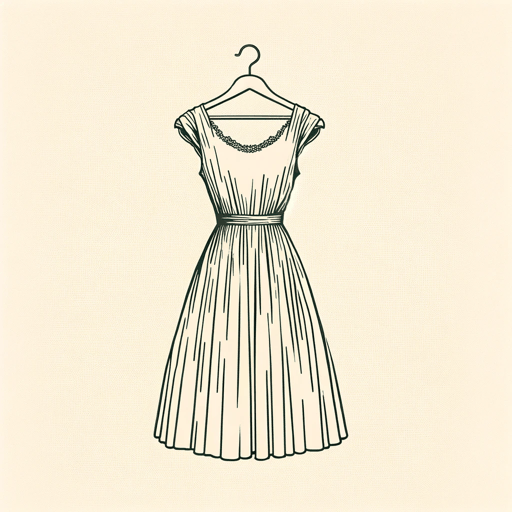
The New Dress
Virginia Woolf

The Voyage Out
Virginia Woolf

The Waves
Virginia Woolf
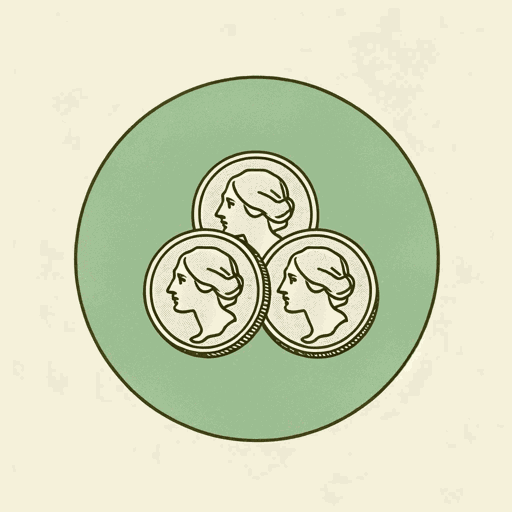
Three Guineas
Virginia Woolf

To the Lighthouse
Virginia Woolf

